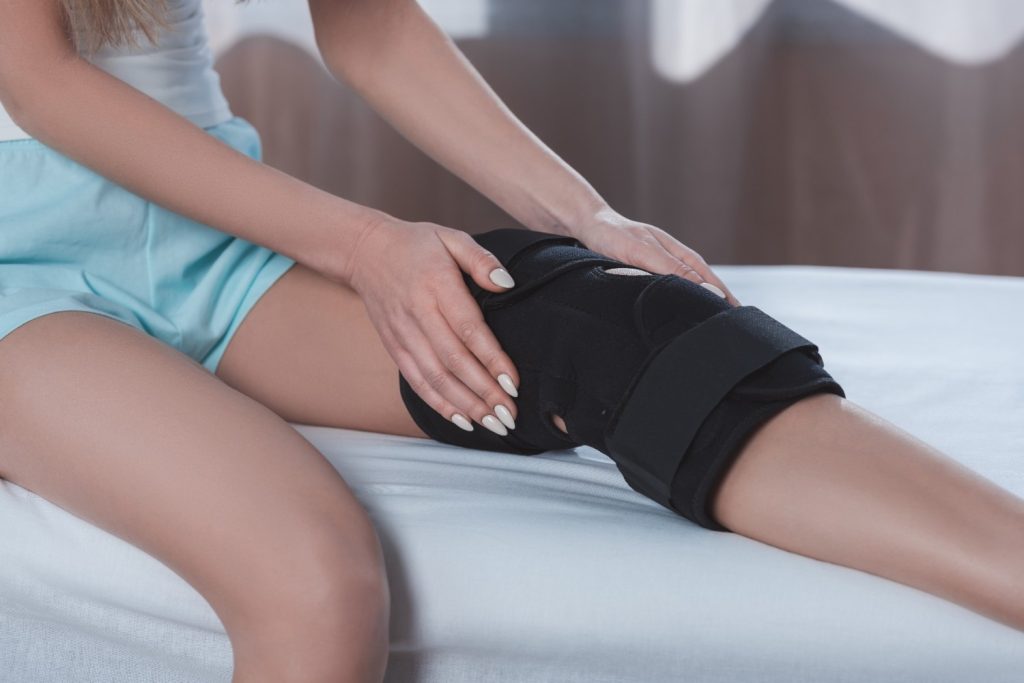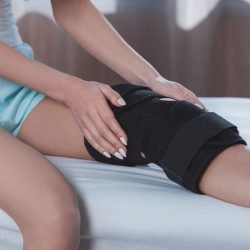
Millions worldwide grapple with the pain and limitations of knee osteoarthritis (OA), a condition where worn-out cartilage causes inflammation and discomfort. While various treatment options exist, including medication, physical therapy, and even surgery, a non-invasive approach like unloader knee braces is gaining traction. But do they truly live up to the hype? Let’s delve into the research and see if this innovative brace can be your knight in shining armor against knee OA.
How Unloader Braces Work:
Unlike standard knee braces that offer general support, unloader braces work like tiny engineering marvels. They feature built-in hinges and struts that strategically shift pressure away from the affected joint compartment, essentially “unloading” it. This reduces pain, improves joint mechanics, and may even slow OA progression.
Research-Backed Benefits:
Several studies have investigated the effectiveness of unloader braces for knee OA. A 2022 review published in the Journal of the American Podiatric Medical Association analyzed 11 studies and found that unloader braces significantly reduced pain and improved function compared to no treatment or sham braces. Additionally, a 2019 study in Osteoarthritis and Cartilage demonstrated that unloader braces led to improvements in walking speed and knee flexion in people with knee OA.
Beyond Unloader Braces:
It’s important to remember that unloader braces aren’t magic bullets. While they offer promising results for specific aspects of knee OA, they might not be suitable for everyone. Consulting a healthcare professional is crucial to determine if an unloader brace is the right choice for your individual needs and OA severity.
Other Types of Knee Braces:
Beyond unloader braces, various other knee brace types cater to different conditions:
- Prophylactic braces: Offer mild support and stability, often used for sports activities to prevent injuries.
- Hinged braces: Provide moderate support and control joint movement, often used for ligament injuries or post-surgical recovery.
- Functional braces: Help manage chronic conditions like patellofemoral pain syndrome or meniscal tears.
Remember: It’s essential to understand that not all knee braces are created equal. Choosing the right type based on your specific condition and consulting a healthcare professional for proper fitting and guidance is crucial to maximize benefits and avoid potential harm.
The Takeaway:
Unloader knee braces offer a promising, non-invasive approach for managing knee OA pain and improving function, supported by published research. However, they aren’t a one-size-fits-all solution. If you’re battling knee OA, discuss your options with a healthcare professional to explore whether an unloader brace could be your path to regaining knee comfort and mobility.


